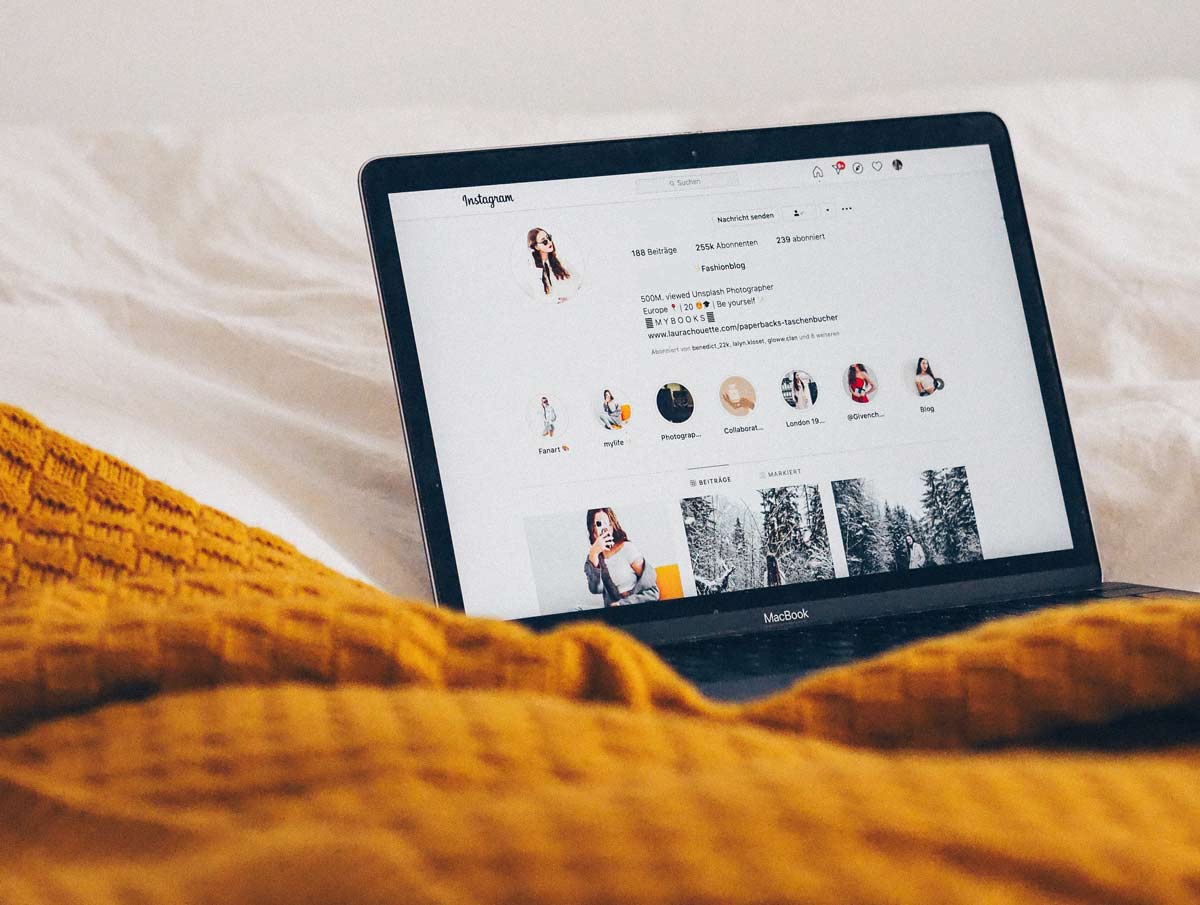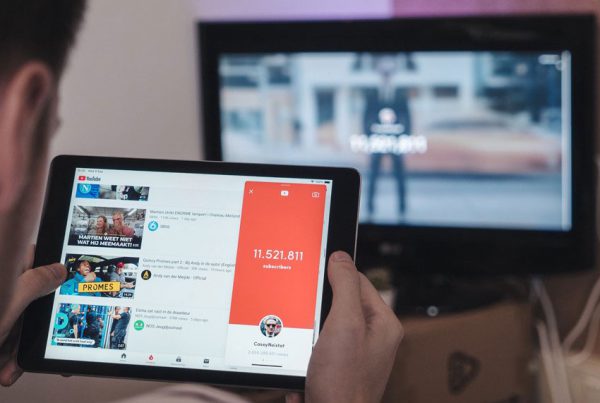Social media influencers are individuals who have built a significant following on social media platforms due to their expertise, charisma, or unique content. They can be bloggers, celebrities, industry experts, or everyday people who have gained trust and credibility in their niche. Their followers value their opinions and recommendations, making influencers powerful allies for your brand.
How Can Influencers Help My Brand?
Influencers can help your brand in several ways:
- Increase Brand Awareness: By promoting your products to their followers, influencers can introduce your brand to a larger audience.
- Build Trust and Credibility: An endorsement from a trusted influencer can make your brand appear more credible and authentic.
- Drive Engagement: Influencers can create engaging content that resonates with their followers, leading to higher engagement rates.
- Boost Sales: Influencer recommendations can directly lead to increased sales and conversions.
How Can I Engage with Influencers?
To successfully engage with influencers, follow these steps:
- Identify Relevant Influencers: Identify influencers who align with your brand values and have an audience that matches your target demographic. Use tools like BuzzSumo or Upfluence to find influencers in your niche.
- Build Relationships: Start by engaging with their content. Like, comment, and share their posts to get noticed. Building a genuine relationship before reaching out can make your proposal more appealing.
- Reach Out Professionally: Once you’ve established a connection, reach out with a clear and concise message. Highlight what you admire about their work and explain how a collaboration could be mutually beneficial.
- Offer Value: Clearly state what you can offer in return, whether it’s free products, payment, or cross-promotion. Ensure the offer is attractive and relevant to the influencer.
- Be Transparent: Be upfront about your expectations and any requirements you have. Transparency helps build trust and ensures both parties are on the same page.
Case Study: Rough Links and Influencer Marketing
Imagine Rough Links, a new company that sells cufflinks decorated with unpolished gems and stones. They have a small, loyal customer base but want to reach a larger audience. Their primary customers are fashion-forward men in their twenties who are active on social media and men’s style blogs.
To expand their reach, Rough Links decides to collaborate with a men’s fashion influencer. They identify Fritz Glitz, a popular fashion blogger with a sizable following on social media. Rough Links sends Fritz several pairs of their cufflinks and proposes a cross-promotion where Fritz writes a series of posts on their blog.
Fritz loves the cufflinks and posts pictures of himself wearing them on his social media platforms, tagging Rough Links. His posts receive over 20,000 likes and help Rough Links reach half a million potential customers. New orders start pouring in, and Fritz also gains new fans.
How to Choose the Right Influencers
- Understand Your Brand and Audience: Know your brand’s values, target audience, and the social media platforms where they are most active.
- Research Influencers: Use tools like BuzzSumo, Upfluence, or Social Blade to find influencers whose audience matches your target demographic. Look at their engagement rates, content quality, and follower demographics.
- Evaluate Fit: Ensure the influencer’s content aligns with your brand’s image and values. Check if their followers are likely to be interested in your products.
- Consider Scale: Smaller brands might focus on micro-influencers (10,000 to 100,000 followers) who are more accessible and often have higher engagement rates. Larger brands can aim for macro-influencers or celebrities.
Engaging with Influencers
- Get Noticed: Engage with the influencer’s content by liking, commenting, and sharing. Make sure to tag them or give shout-outs.
- Reach Out: Send a personalized message through social media or email. Highlight why you admire their work and how a collaboration could benefit both parties.
- Offer Value: Clearly outline what you can offer in return for their promotion. This could be free products, payment, or mutual promotion.
- Build a Relationship: Maintain a genuine relationship with the influencer. Regular interaction can lead to long-term collaborations.
Legal Considerations
Remember to comply with laws and regulations regarding influencer marketing. Disclosures about paid partnerships are necessary to maintain transparency and trust. Consult with your legal team to ensure all endorsements meet regulatory requirements.
By understanding how to effectively engage with influencers, you can leverage their reach and credibility to boost your brand’s visibility and trustworthiness.





